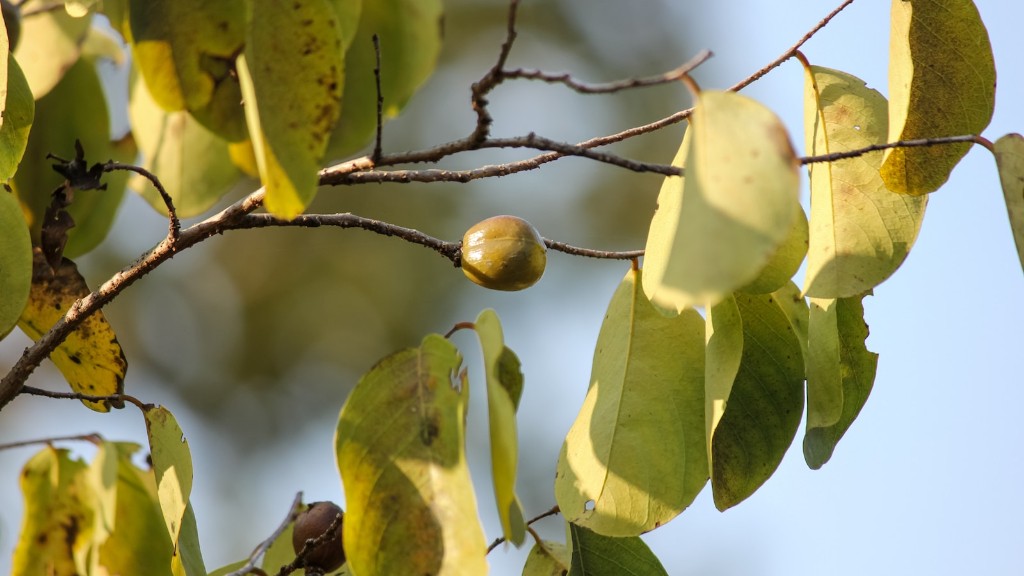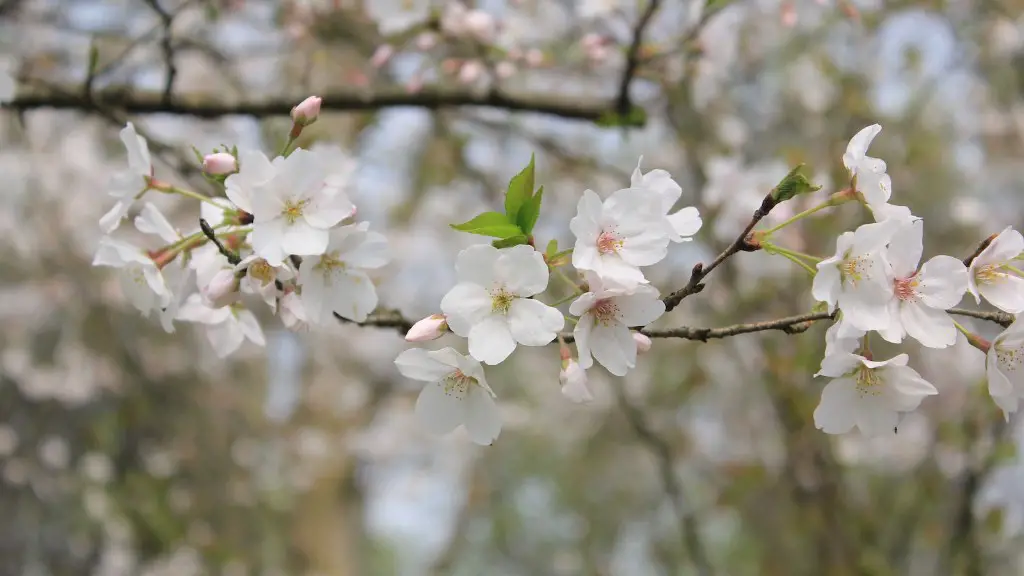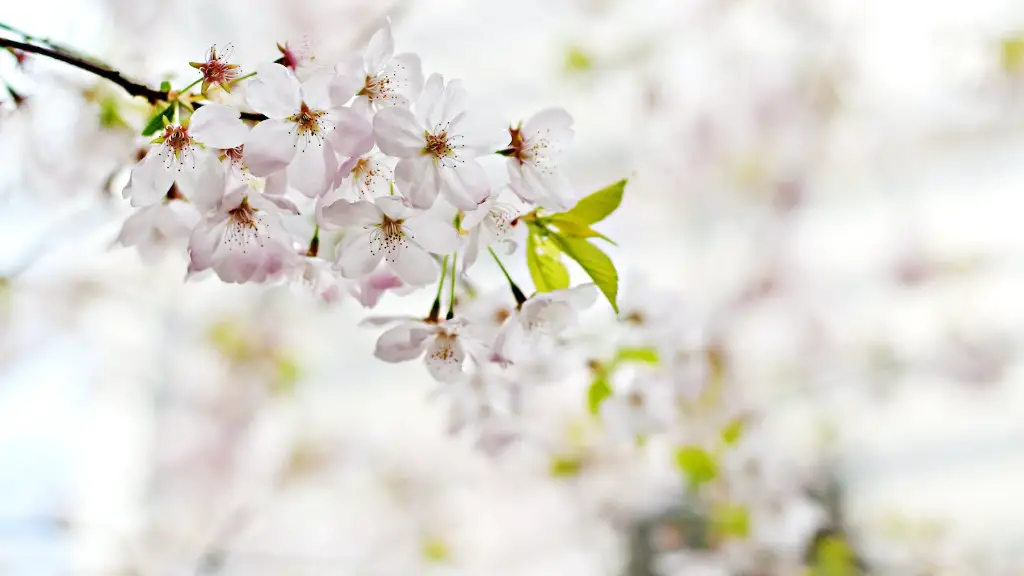Lemon trees are a beautiful addition to any garden and an easy way to add a bit of zing to your home-cooked meals. But keeping your lemon tree healthy isn’t always easy. Lemon trees are prone to a variety of issues including fungal and disease, pests, and nutrient deficiencies. Fortunately, there are a few simple steps you can take to keep your lemon tree looking its best.
The first step in keeping your lemon tree healthy is to assess its needs. Knowing the soil type, weather conditions, watering and fertilizer requirements of your lemon tree will help you better care for it. This can be done by checking the soil pH, soil moisture levels, and consulting a local garden center or agricultural expert. Additionally, if your lemon tree is showing signs of stress or disease, you may need to conduct an additional assessment.
The next step in keeping your lemon tree healthy is proper pruning. Pruning your lemon tree helps promote healthy growth, removes dead or diseased branches, and allows light and air to reach the trunk and inner branches. Pruning should take place during the dormant period or late winter, although you might also need to prune during the growing season for pest or disease control. Lastly, when pruning, be sure to make clean cuts using pruning shears.
It is also important to provide your lemon tree with adequate nutrition. Fertilizing your lemon tree once or twice a year with a balanced fertilizer will help healthy growth. When fertilizing, water the tree with a nitrogen-rich fertilizer such as fish emulsion and organic matter. Additionally, you may need to test the soil pH and adjust the balance of nutrients if necessary.
Pests and diseases are another problem that can plague a lemon tree. Common culprits are aphids and whiteflies, but there are a variety of other pests that can also harm your tree. To prevent an infestation, it’s important to keep your lemon tree well-groomed, regularly inspect the tree for signs of pests or disease, and spray with an insecticidal soap if necessary. Additionally, you can also introduce beneficial insects such as predatory mites and ladybugs to help control any existing pests.
Finally, water is important to any fruit tree, and your lemon tree is no exception. Regular watering is key to keeping your lemon tree healthy, but how often and how much you water depends on the climate and soil type. Generally, your lemon tree should be watered deeply about once a week, but be sure to monitor the soil for signs of moisture and adjust your watering as needed.
Identifying Signs of Stress and Disease
Your lemon tree will occasionally experience stress, particularly during the colder months of winter. Symptoms of stress can include wilting leaves, yellowing, and irregular branch growth. If you notice any signs of stress, you can apply extra nutrients and water to help reduce distress. Additionally, if you spot any signs of disease such as black spots or mold, you’ll need to take action right away as diseases can quickly spread to other trees.
If your lemon tree does display signs of a disease, it’s important to identify the specific disease and proceed accordingly. Consult with an agricultural expert for diagnosis and treatment, as different diseases require different treatments. Fungicides, herbicides, and organic remedies are all potential treatments for diseases, depending on the situation.
Unfortunately, in some cases even the best care may not be enough to prevent disease. In such cases, it’s important to be aware of the potential hazards of disease, especially if you’re planning to consume the fruit. Diseases such as cedar-apple rust, Alternaria citri, and leprosis can all damage the fruit, making them inedible and potentially hazardous. Make sure to inspect fruit for signs of disease before consuming, and harvest any affected fruits.
Using Sustainable Practices
Keeping your lemon tree healthy also means using sustainable practices that protect the environment, such as using natural or organic fertilizers, controlling pests without the use of harsh chemicals, and ensuring proper watering techniques that save energy and water. Additionally, it’s important to practice proper composting of organic materials such as plant debris, grass clippings, and food scraps for use as natural fertilizers.
In addition to sustainable practices, be sure to only use quality, organic materials when caring for your lemon tree. High-quality tools and products can help you keep your tree in peak condition, and products such as organic pest control products and disease-resistant pruning shears can help you better manage pests and diseases. Just be sure to always read the instructions and follow the safety protocols whenever you use any type of product.
Finally, it’s important to regularly inspect your lemon tree for signs of stress or disease. Routinely monitoring your lemon tree can help you catch a problem before it gets out of hand, giving you the chance to act before things get worse. Some common signs you can look for include irregular growth, wilting leaves, discoloration, and insects and fungus.
Pest Control and Prevention
Pests are one of the most common problems for lemon trees. To keep pests away, make sure to regularly inspect your tree for signs of pests such as aphids and whiteflies. If needed, you can use insecticides or organic pest control products to reduce pest populations. Additionally, introducing natural predators such as ladybugs or praying mantis can also help control pests.
You can also help prevent pest problems by regularly cleaning the area around the tree, as well as other areas where pests may be living or breeding. Additionally, it’s important to avoid overly wet conditions as wet soil can create the ideal environment for pests. Additionally, providing adequate nutrition, pruning, and watering can help create a healthy soil and tree, making it less hospitable to pest populations.
Finally, it’s important to be mindful of your actions and avoid activities such as spraying with a hose that could be causing the spread of disease. Additionally, avoid bringing any diseased plants or fruits near your lemon tree as this could cause an infestation.
Understanding Weather Conditions and Hardiness Zones
Your lemon tree’s health is greatly affected by the climate, so it’s important to know the hardiness zone of your area. This information can be found on the hardiness zone map and tells you the temperatures the tree can tolerate. Knowing this information can help you better adjust your tree care practices for the season, such as providing extra nutrition or protection during cold-weather months and avoiding over-watering during hot-weather months.
If you live in an area with a changing climate, it’s important to pay close attention to your tree as the weather changes. This can help you better anticipate any issues that may arise and take preventive measures if needed. Additionally, pay attention to the wind and temperature patterns, as strong winds can damage your lemon tree and excessive heat can cause stress to the tree.
Finally, if you live in an area with snow or heavy rainfall, it’s important to make sure your lemon tree is properly protected from the elements. This can include using a canopy or heating source to keep your lemon tree from experiencing extreme temperatures or using a greenhouse or sunroom for protection from wind and rain.
Proper Pruning
Pruning your lemon tree helps promote its overall health, but it’s important to be mindful of how and when you prune. Pruning during the dormant season or late winter is ideal as pruning during this time will help limit the loss of sap and help the tree heal faster. Additionally, you may need to do additional pruning during the growing season to remove any dead or diseased branches or to control pests.
When pruning your lemon tree, it’s important to only remove branches that are dead, diseased, or structurally unsound. Additionally, you should always use clean, sharp pruning shears for a cleaner cut. Pruning your lemon tree too severely can increase stress levels, so be sure to only take off what is necessary.
Finally, be aware of how pruning could affect the tree in the future. Pruning can encourage new growth, but it can also leave permanent scars in the tree that could cause problems in the future. Be sure to prune strategically, making sure to leave enough foliage to promote healthy growth.





